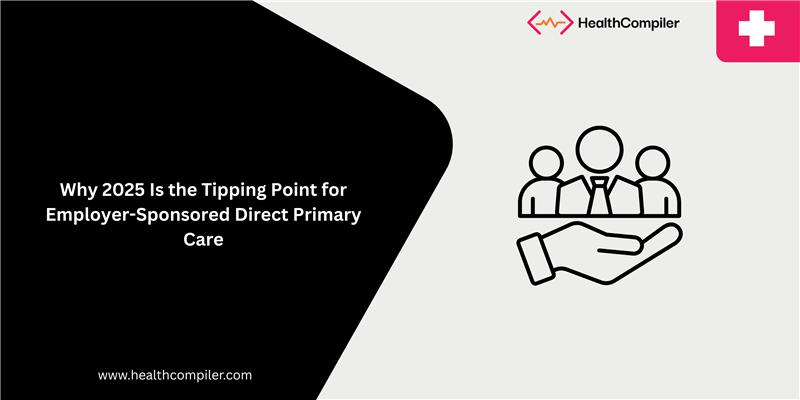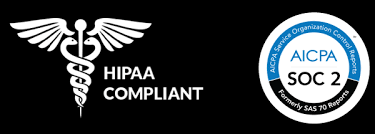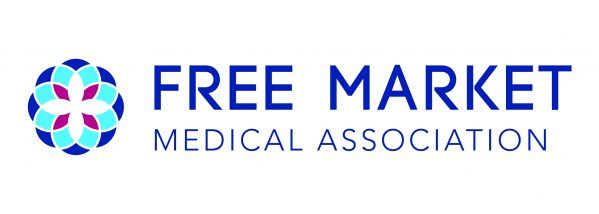Why 2025 Is the Tipping Point for Employer-Sponsored Direct Primary Care

For years, employers have wrestled with the same painful questions: how do you keep healthcare affordable, deliver real value to employees, and escape the trap of rising premiums and dissatisfied workforces? In 2025, the answer is coming into focus, and it’s reshaping the employer healthcare market.
Direct Primary Care (DPC), once seen as a niche experiment, has crossed a threshold. This year marks a tipping point where employer adoption is no longer just incremental growth, it’s becoming mainstream.
The Data That Defines the Shift
According to the new Employer Trends in Direct Primary Care 2025 report by Hint Health, 58% of all DPC memberships in 2024 were employer sponsored. That’s an 18% jump since 2022, signaling that more businesses see DPC as the backbone of their benefits strategy.
Retention is equally telling. 85% of employers stick with DPC a year after launching, and 70% are still engaged at two years. This isn’t a short-term experiment, it’s becoming a durable solution.
Why Employers Are Driving the Growth
What’s fueling this momentum? The answer comes down to cost, outcomes, and experience:
- ROI that’s impossible to ignore – Case studies show employer groups with DPC spend roughly
52% less than comparable non-DPC cohorts. Lower ER visits, fewer hospitalizations, and smarter primary care drive real savings.
- Employee experience that outshines insurance – DPC’s Net Promoter Score sits above
70, compared to
7 for national insurance plans. That’s not a gap, that’s a chasm.
- Demographics that fit today’s workforce – Sponsored DPC members skew younger, with a median age of 39 vs. 45 in retail DPC. For employers focused on recruiting and retention, that matters.
The Changing Employer Mix
Small businesses still make up the majority of sponsors, with 58% enrolling fewer than 10 employees. But the fastest growth is happening among self-insured employers, who are large enough to feel the weight of healthcare spend and motivated to innovate.
DPC networks are also playing a role. About 35% of practices working with employers receive some memberships through networks, blending direct contracts with broader reach.
And geographically? The strongest per-capita adoption is in Minnesota, Wisconsin, and Colorado, while South Carolina leads the nation with 95% of its DPC clinicians serving employers.
Why 2025 Is Different
So why call 2025 the tipping point? Three reasons stand out:
- Policy tailwinds are coming – With HSA compatibility slated for January 2026, employers on high-deductible plans will face fewer barriers to adopting DPC.
- The market has matured – Thousands of clinicians now serve more than a million members, signaling that DPC has moved well past the “pilot” stage.
- Employer mindset has shifted – What used to be a “let’s test this” benefit is now a
long-term investment in cost control and workforce health.
The Bottom Line
For employers, 2025 is the year Direct Primary Care moves from alternative to expected. With strong retention, measurable ROI, and employee satisfaction levels insurance can’t touch, DPC has earned its place at the center of modern benefits strategy.
To dive deeper into the numbers, trends, and case studies, download the full Employer Trends in Direct Primary Care 2025 report by Hint Health, the most comprehensive look yet at how employers are reshaping healthcare through DPC.
And for DPC practices and employers ready to turn insights into action, Health Compiler provides the analytics layer that makes these outcomes visible, measurable, and reportable, helping DPC prove its value where it matters most.



